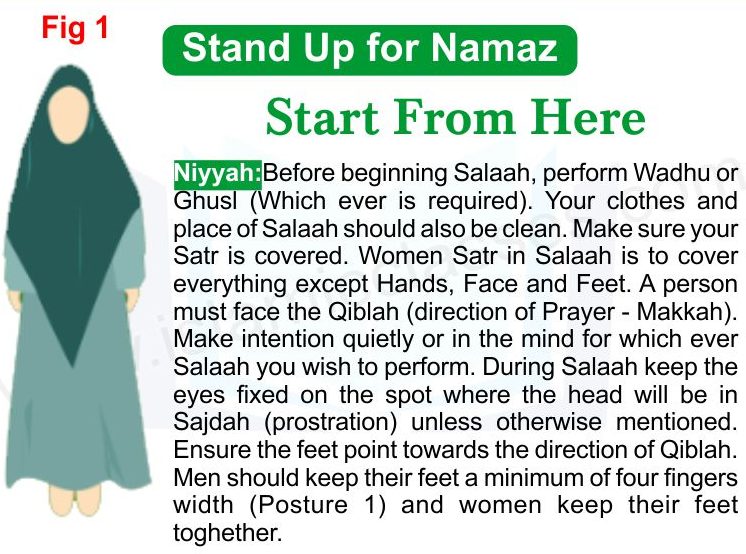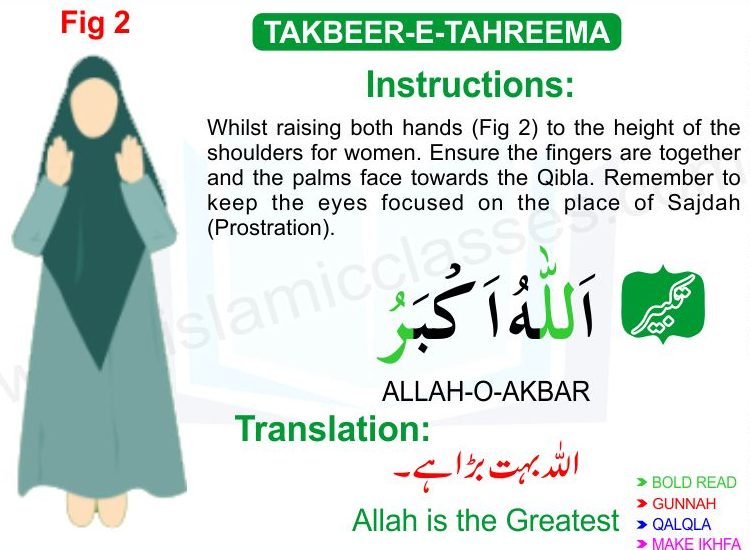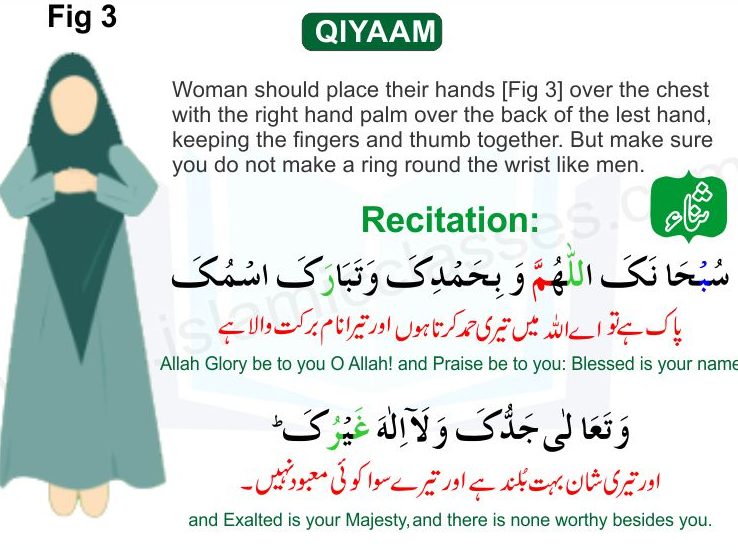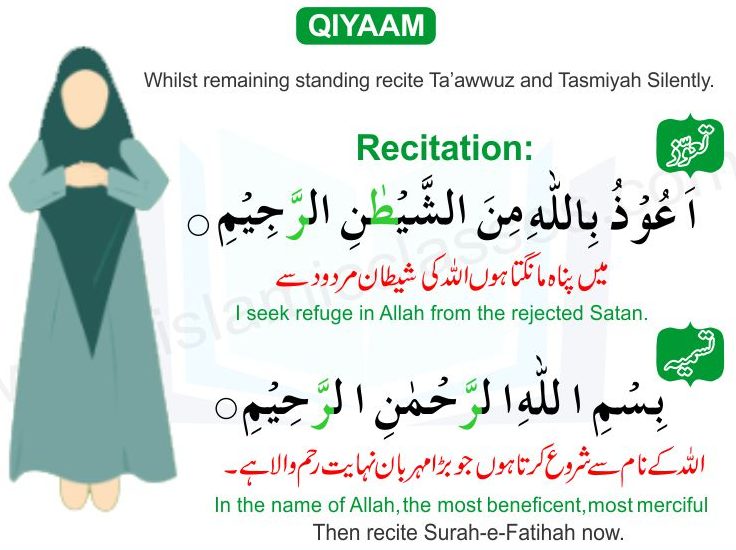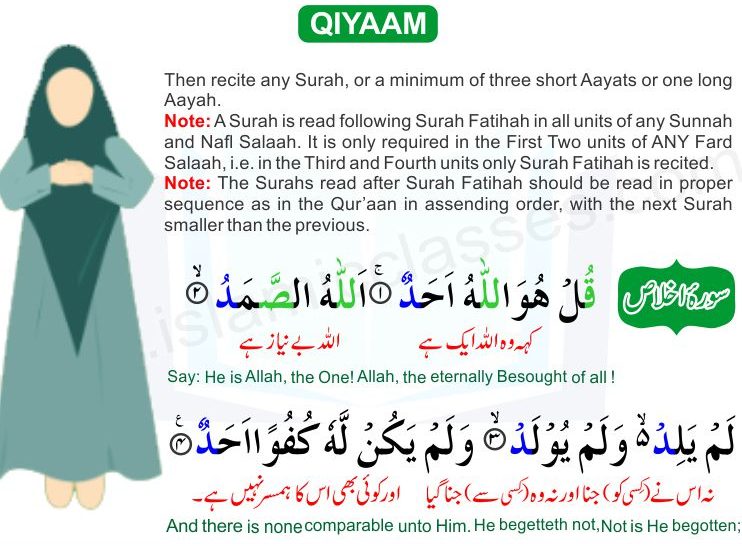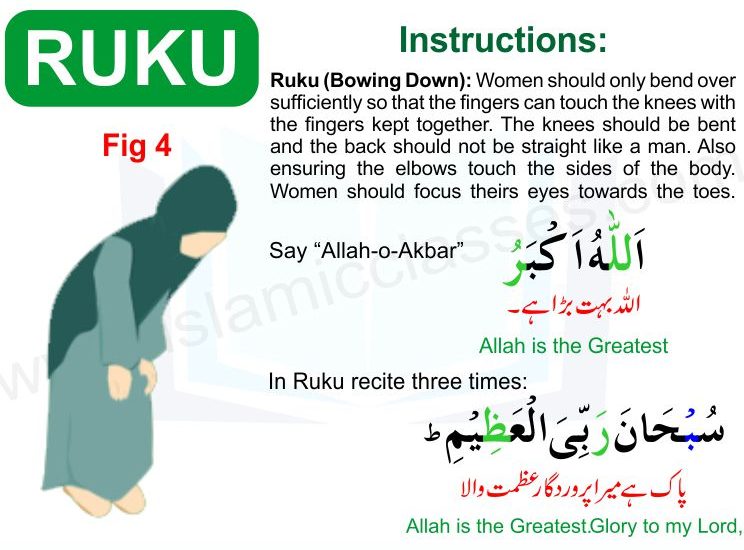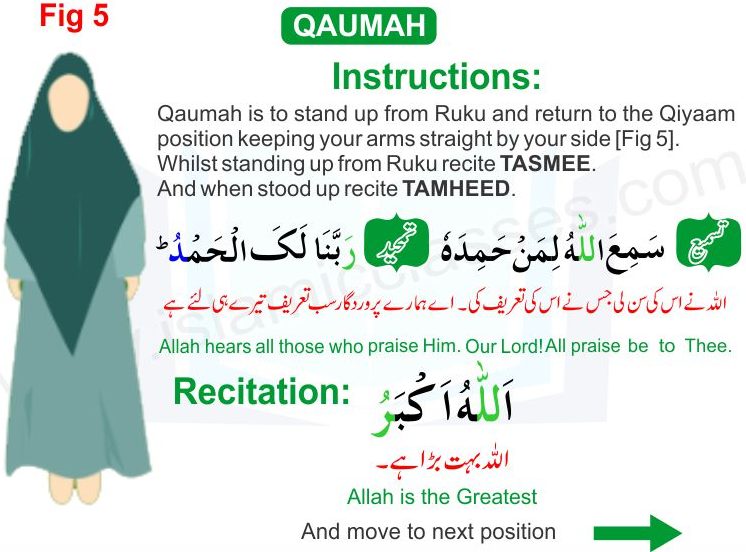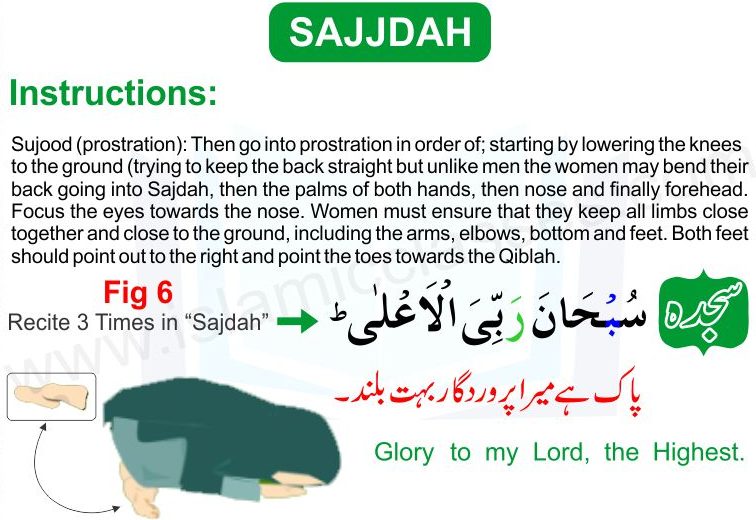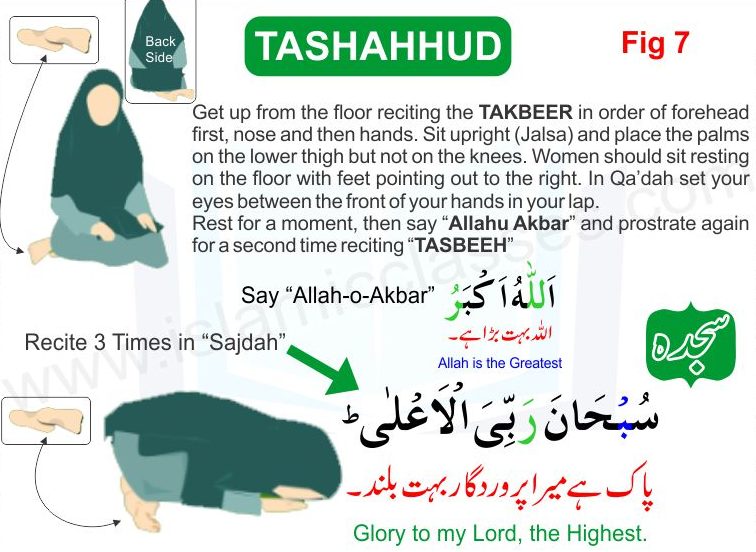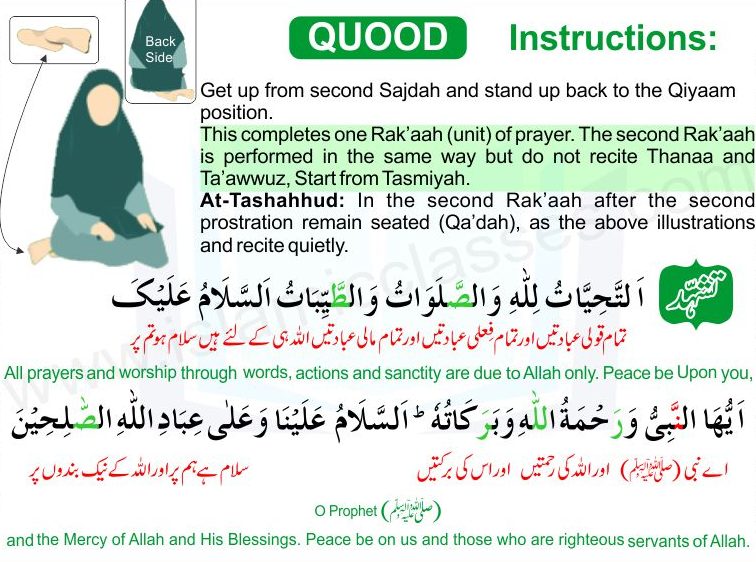How To Pray Namaz (Women)
How To Pray Namaz For Women | How Women Pray Salaat in Islam
The method of praying Namaz, or Salah, for women is largely the same as that for men, with a few minor differences. In this article, we will outline the steps for how to pray Namaz for women.
Step 1: Purification
Just like men, women must be in a state of purity before praying Namaz. This means performing Wudu or Ghusl, depending on the situation. Women who are experiencing menstruation or post-natal bleeding should perform Ghusl before praying.
Step 2: Dress Code
Women should wear modest clothing that covers their entire body, except for the face and hands, during prayer. This can be achieved by wearing a headscarf, long sleeves, and a long skirt or pants.
Step 3: Facing the Qiblah
Just like men, women should face the Qiblah, the direction of the Kaaba in Mecca, while praying. It is important to note that women can pray in any clean and quiet space, even if it is not a mosque.
Step 4: Takbir
The prayer begins with Takbir, a declaration of the greatness of Allah. Women should raise their hands to shoulder level and say “Allahu Akbar” (Allah is the greatest) while doing so.
Step 5: Recitation of Surah Al-Fatiha and Additional Verses
Women should recite Surah Al-Fatiha and any additional verses they choose, just as men do.
Step 6: Ruku
During Ruku, women should bow down while keeping their back straight and their hands on their knees. They should say “Subhana Rabbiyal Azeem” (Glory be to my Lord, the Almighty) three times.
Step 7: Qauma
After Ruku, women should stand upright and say “Sami Allahu Liman Hamidah” (Allah hears those who praise Him). They should then say “Rabbana Lakal Hamd” (Our Lord, all praise belongs to You).
Step 8: Sujood
During Sujood, women should place their hands on the ground and lower their head and knees until they touch the ground. They should say “Subhana Rabbiyal A’la” (Glory be to my Lord, the Most High) three times.
Step 9: Jalsa
After Sujood, women should sit in the Jalsa position, with their left foot under their body and their right foot upright. They should say “Rabbighfirlee” (O Lord, forgive me).
Step 10: Second Sujood
Women should then go back into Sujood and repeat the same process as before.
Step 11: Tashahhud
After the second Sujood, women should sit in the Jalsa position and recite the Tashahhud, just like men.
Step 12: Salam
Finally, women should turn their head to the right and say “Assalamu Alaikum Wa Rahmatullah” to the person sitting on their right side. They should then turn their head to the left and say the same thing to the person on their left side.
The process of how to pray Namaz for women is very similar to that for men, with a few minor differences. Women should focus on following the same steps and recitations as men, while also ensuring they are dressed modestly and facing the Qiblah. Praying Namaz is an important act of worship for all Muslims, and women should strive to perform it regularly with sincerity and devotion.

